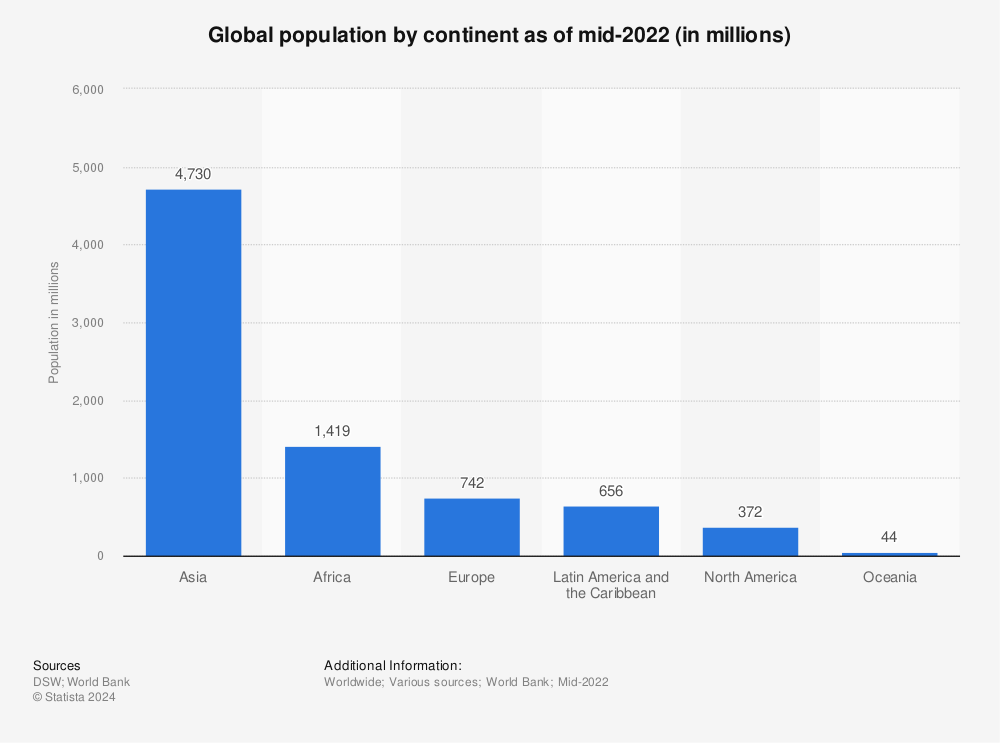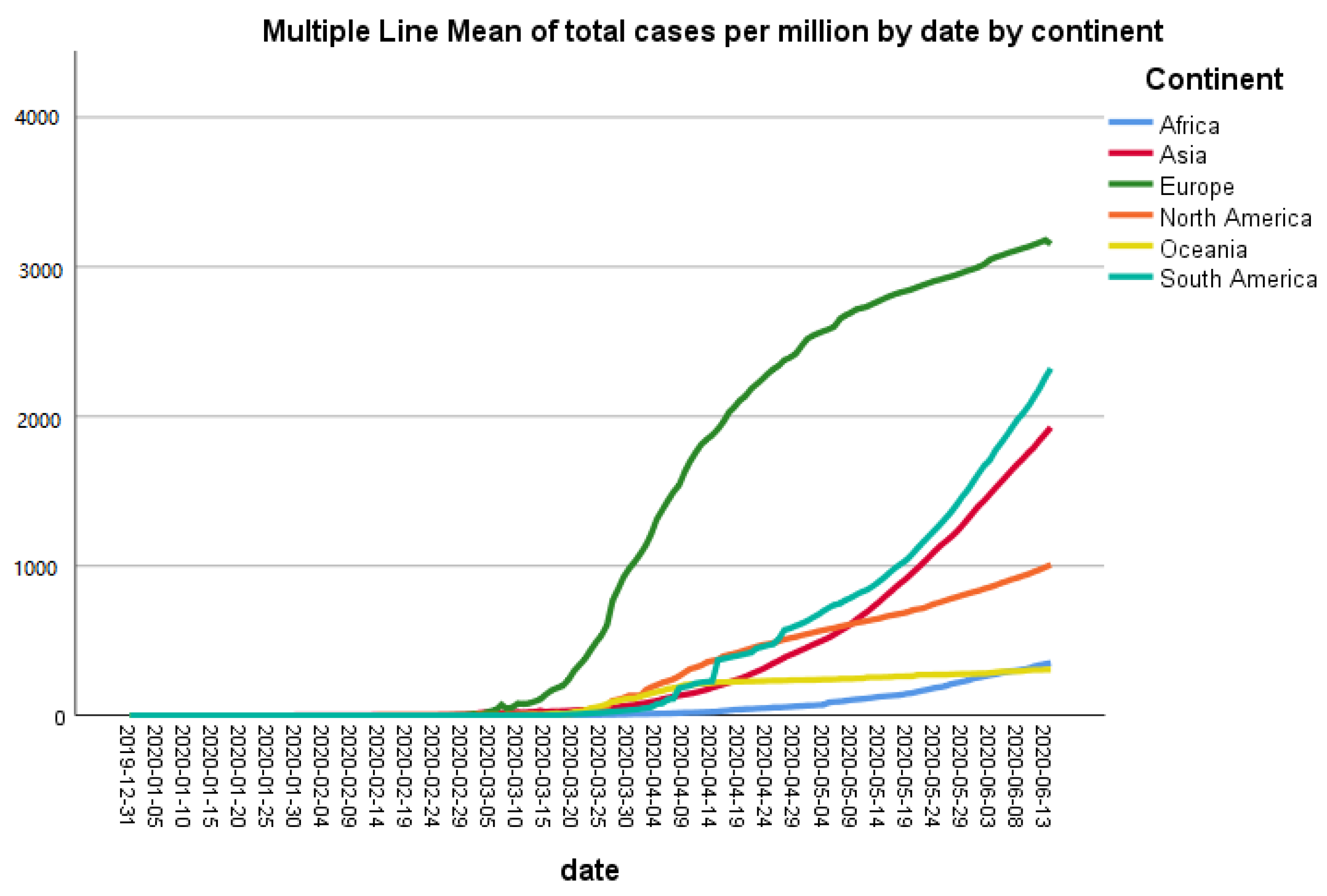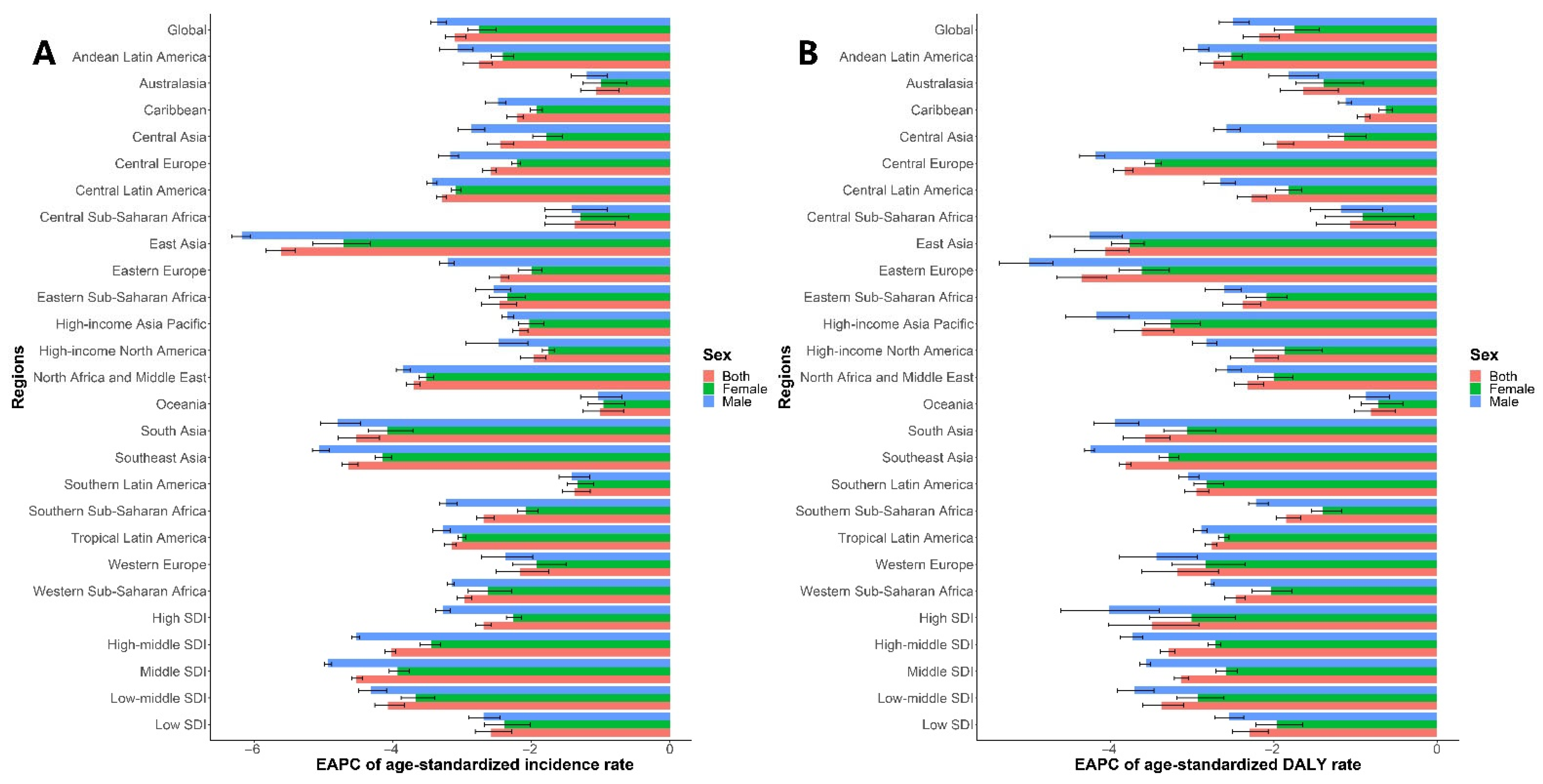Which Best Describes Oceania's Trends in Population
Pacific islanders tend to have more children than Australians and New Zealanders. Indicate that most other continents will face much more sluggish population trends than Africa.

Democracy In Asia Association For Asian Studies
Helpful 0 Not Helpful 0.

. Ment to the education of its population I C. Which best describes Oceanias trends in population. - 5793131 ismilecx ismilecx 10042017 Geography High School answered Which best describes Oceania.
Change in urbanization worldwide by region 1950-2050. What is the approximate rate of urbanization in Australia and New Zealand. A Australians and New Zealanders tend to have more rapidly growing populations than other islanders.
What are hierarchy and balance. Spanning the Eastern and Western Hemispheres Oceania is estimated to have a land area of 8525989 square kilometres 3291903 sq mi and a population of over 41 million. Coupled with a high rate of urban primacy in African countries whereby one city is multiple times bigger than.
C Overall in Oceania the trend is for larger families. Which statement BEST describes the population trend of Mexico. B Fewer people are moving to big cities.
The population is diverse with some common trends A majority of residents living in Oceania approximately 73 identify as Christians. Which of the following best describes the human population from early times to the present. Migration including immigration and emigration increases population by 150645 people yearly.
Some of the countries included in Oceania are Australia New Zealand Tuvalu Samoa Tonga Papua New Guinea the Solomon Islands Vanuatu Fiji Palau. The decline in birth rate varies from country to country as does the time frame in which it is experienced. Introduction Discussions of population and sustainable development once were dominated by a concern that world population growth would eventually exceed.
The highest gross domestic product in the world show that the points A12 B75 C2-6 4. Africas urban population is expected to nearly triple by 2050 to 134 billion. In Stage 3 of the Demographic Transition Model DTM death rates are low and birth rates decrease usually as a result of improved economic conditions an increase in womens status and education and access to contraception.
The remaining members of the population subscribe to various religions including Hinduism Islam Buddhism Jainism Judaism Bahai as well as a wide array of traditional Indigenous belief systems. The region is characterized by the lack of a continental land mass and human. C The population is becoming increasingly urban.
The correct answer was given. North America and Oceania will continue to grow but at a much slower rate. ˌ oʊ ʃ i ˈ æ n i ə -ˈ ɑː n- is a geographic region that includes Australasia Melanesia Micronesia and Polynesia.
By 2050 roughly 149 billion people in Africa. A region with many isolated island nations. Country in Oceania GDP per capita in US World Rank Australia 38500 22 New Zealand.
Economic development is more likely to take place in. Oceania is the name of the region consisting of island groups within the Central and South Pacific Ocean. Updated on April 23 2018.
Which best describes Oceania. B Pacific Islanders tend to have more rapidly growing populations than Australians and New Zealanders. A More people are becoming farmers.
Australia has the highest standard of living in Asia and Oceania. Early rapid growth which has increased rapidly in the last 20 years Early rapid growth which has leveled off to a nearly constant rate in the last 20 years Slow steady growth throughout the period Slow uneven growth until the. This is post 3 of 6 in a series about the Demographic Transition Model a fundamental concept in population education which is covered in Social Studies courses most notably AP Human Geography.
Oceania is a collection of islands and archipelagos in the tropical Pacific Ocean. Too dangerous to be inhibited is the phrase among the phrases in the question best describes Oceanias physical geography. Projections by the UN.
The correct option among all the options that are given in the question is the third option or option c. ˌ oʊ s i ˈ ɑː n i ə ˌ oʊ ʃ i--ˈ eɪ n- US. Evolving in tandem with this exponential population growth is a rate of urbanisation in Sub-Saharan Africa that is unmatched in the rest of the world.
It spans over 33 million square miles 85 million sq km. Which best describes Oceanias trends in population. 24 rows Population 2020 Yearly Change Net Change Density PKm² Land Area Km².
This statistic shows the number of people living in urban areas worldwide from 1950 to 2050. Density ratios growth rate clock rate of men to women. Stage 2 of the Demographic Transition Model DTM is characterized by a rapid decrease in a countrys death rate while the birth rate remains high.
Oceania population 43614078 live The population of Oceania is expected to grow by 543000 in 2022 and reach 43988000 in 2023. Long work hours D.

Ijerph Free Full Text Continent Wide Analysis Of Covid 19 Total Cases Deaths Tests Socio Economic And Morbidity Factors Associated To The Mortality Rate And Forecasting Analysis In 2020 2021 Html

Nutrients Free Full Text Global Burden Of Vitamin A Deficiency In 204 Countries And Territories From 1990 Ndash 2019 Html

The Countries And Population Of Oceania And The Percentage Living In Download Table
No comments for "Which Best Describes Oceania's Trends in Population"
Post a Comment